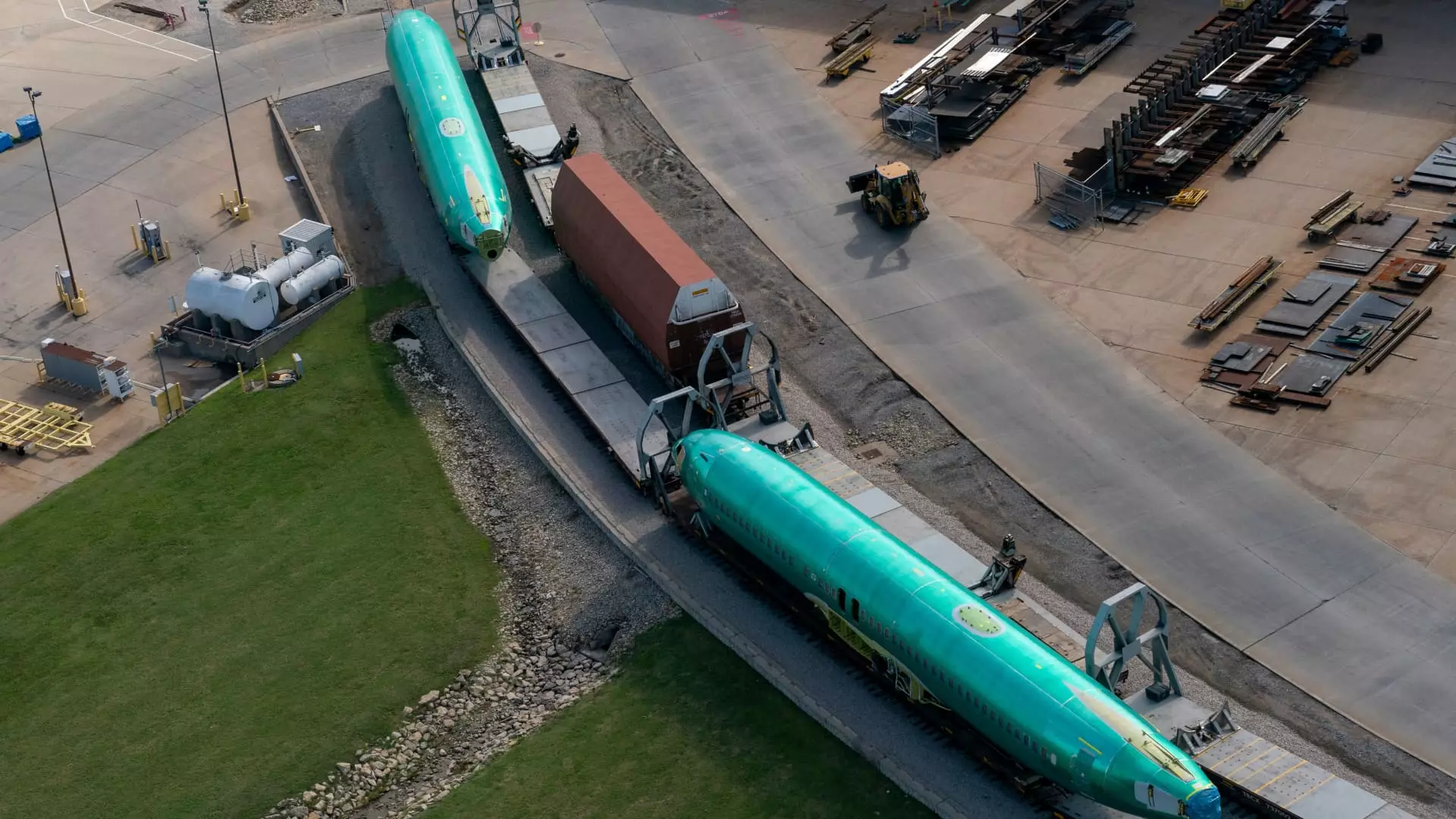As the Boeing machinists’ strike nears six weeks, the implications of this significant labor disruption are becoming increasingly evident. Recently, a striking 64% of Boeing’s machinists voted against a newly proposed contract, a decision that has prolonged a work stoppage which has severely affected production across Boeing’s facilities, primarily located in Seattle. This labor unrest is not only an issue for Boeing but has cascading consequences for its extensive network of suppliers, most notably Spirit AeroSystems.
Spirit AeroSystems, a major supplier for Boeing that produces vital components, including fuselages for the widely used 737 Max, is now facing tough choices regarding personnel. Initially, Spirit was set to furlough approximately 700 employees from its Wichita, Kansas, site. This measure, which could begin as soon as next week, highlights the company’s struggle to manage financial stability amid ongoing operational repercussions from the strike. Furthermore, the possibility of additional layoffs looms if the impasse continues past November 25, indicating that the impact of the Boeing strike reaches far beyond that company’s immediate operations.
Spirit’s predicament underscores a larger trend within the aerospace supply chain, reflecting the fragile state of recovery from the earlier shocks of the COVID-19 pandemic. Many suppliers, including Spirit, had invested considerable time and resources into rebuilding their workforces post-pandemic, and they are now wrestling with whether to loosen their labor constraints in light of the ongoing strike. The hesitance from Boeing’s suppliers to make staffing cuts indicates a broader concern over the long-term stability of the workforce and the potential ramifications of further personnel reductions in an industry that had only recently begun to stabilize.
This scenario is not exclusive to Spirit AeroSystems—Airbus is likewise encountering similar supply chain issues as the fallout from Boeing’s labor struggles continues to ripple across the sector. The intertwined fates of Boeing and its suppliers exemplify an industry grappling with the realities of labor disputes and their potential to derail hard-won progress.
With Spirit AeroSystems reporting a staggering third-quarter net loss of $477 million—more than doubling that of the previous year—the financial implications of the strike are undeniable. This red ink paints a sobering picture of an organization on the brink, as it attempts to navigate turbulent waters during a time when the aerospace sector is expected to be recovering from past downturns.
Boeing’s new CEO, Kelly Ortberg, recognizes the urgency of resolving the stalemate with the machinists, emphasizing the need for timely dialogues to reinstate normalcy within the operations. Meanwhile, the workers’ union is equally eager to return to discussions, underlining the vital nature of compromise in producing satisfactory terms for all involved. As the situation unfolds, the intricate interplay of negotiations, operational demands, and employee well-being will undoubtedly shape the future of both Boeing and Spirit AeroSystems in the months to come. The industry’s resilience will inevitably be put to the test, as all eyes remain fixed on the outcomes of this escalating labor conflict.

